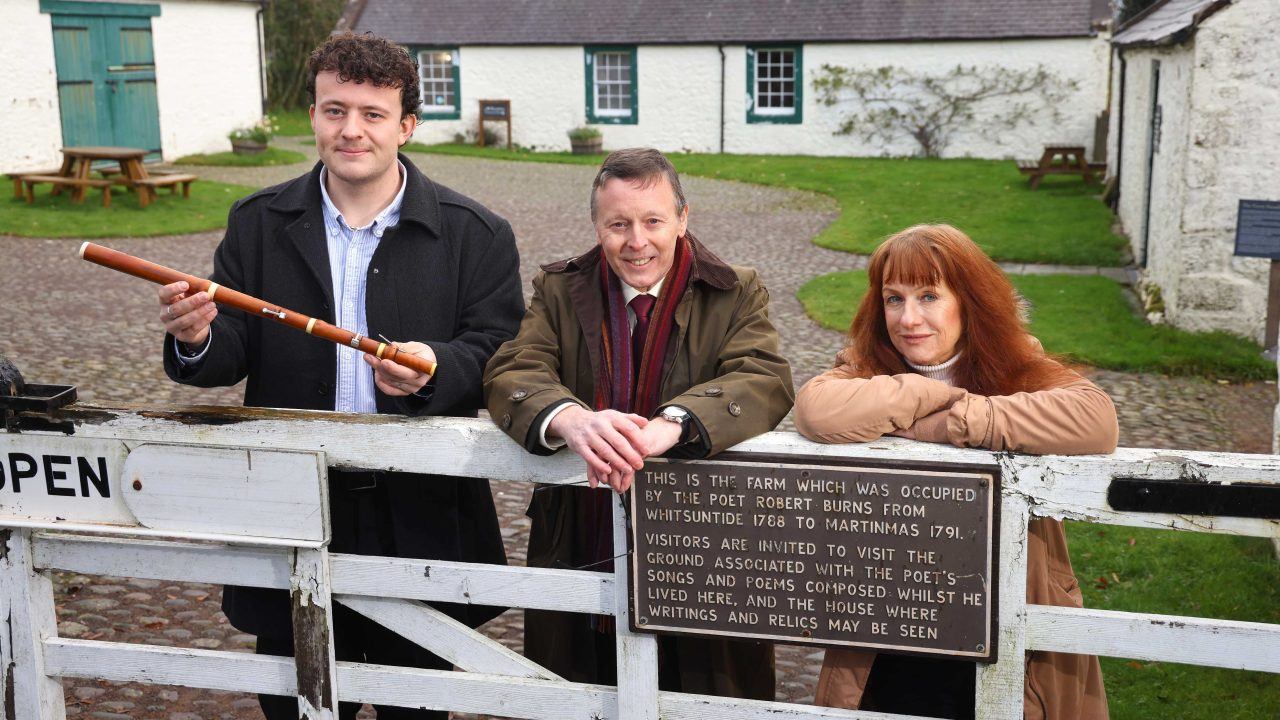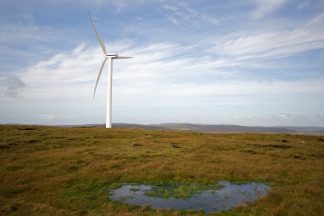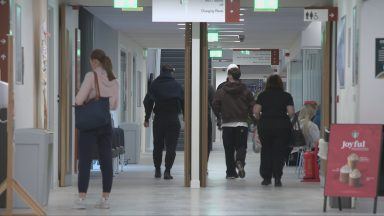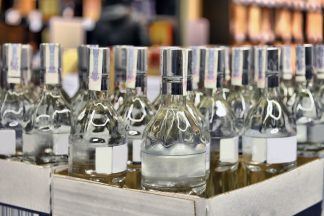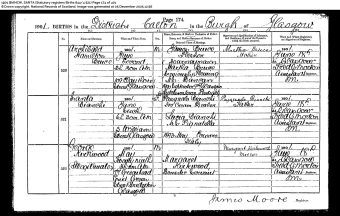Campaigners hope the farm where Robert Burns wrote Auld Lang Syne can be saved with an international fundraising appeal seeking to raise £12m.
Scotland’s bard built Ellisland Farm, near Dumfries, in Dumfries and Galloway, himself aged 29, as a home for his wife and children.
The Category A-listed building was built in 1788, and Burns wrote many of his most noted poems there including Tam O Shanter, and My Heart’s In The Highlands, but in recent years it has suffered from damp, decay and structural deterioration.
The Robert Burns Ellisland Trust formed in 2020 to save the site and has recreated it in Minecraft, generated revenue with holiday accommodation and restored the Burns Family Flute so it can be played after centuries.
It has plans to conserve the site, which was awarded museum status in 2023.
However a 2021 conservation study funded by Historic Environment Scotland confirmed the buildings could not safely house the Burns collection without extensive repair and restoration.
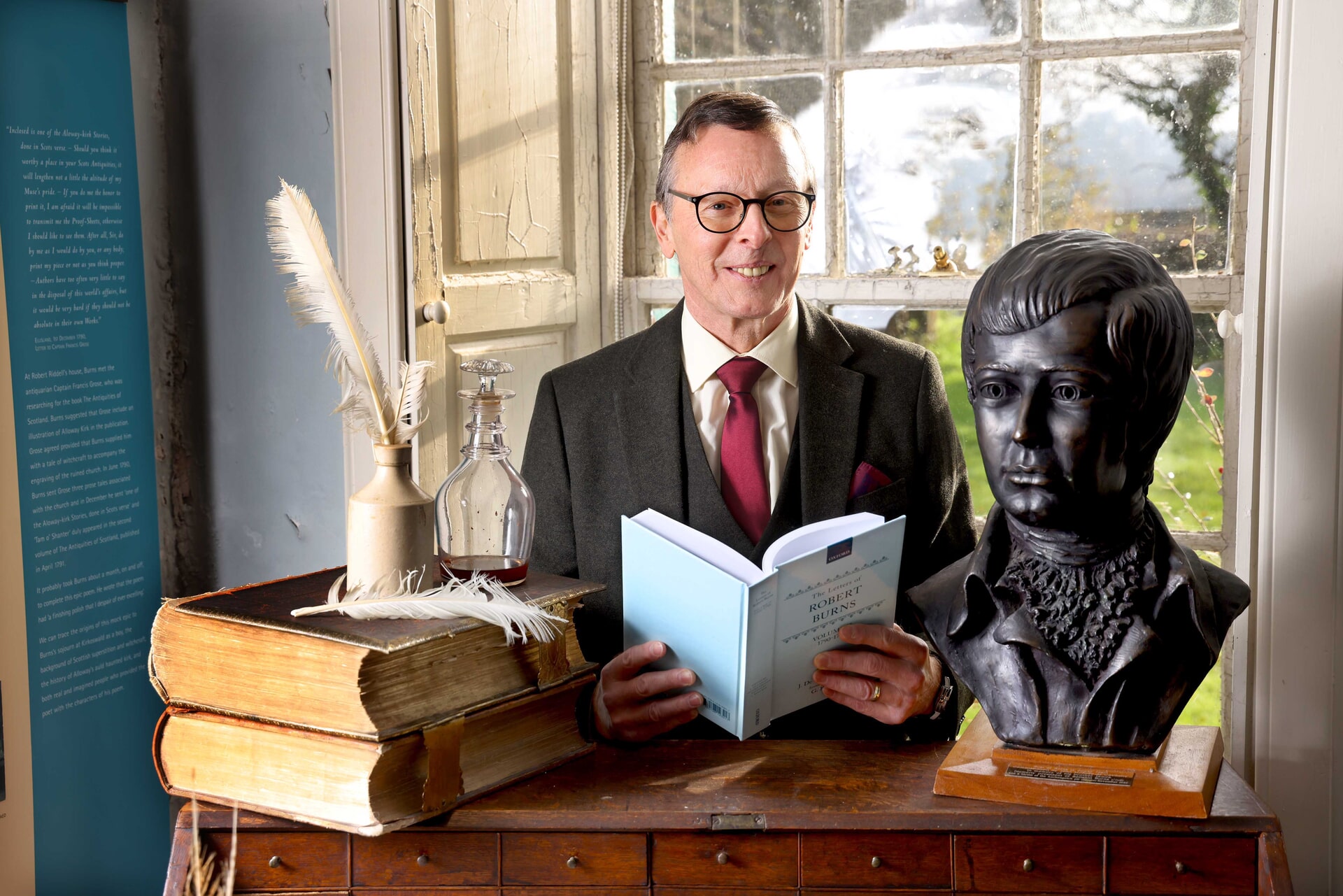 Colin Hattersley
Colin HattersleyLast year, the National Lottery Heritage Fund awarded the Robert Burns Ellisland Trust almost £500,000 support to develop plans for securing the future of the historic farm, the initial stage towards the Trust securing up to £1.6m of Heritage Fund delivery support.
The Robert Burns Ellisland Trust’s restoration plans will recreate the farmhouse, drawing on newly discovered material including the Barnbougle Papers, shopping lists from 1788 detailing everything from furniture and floorboards to seeds for the kitchen garden.
The project will also establish an environmentally controlled museum space for the collection, and enhance the landscape’s biodiversity.
The Trust is launching its international fundraising campaign on Friday at an event in Glasgow, just ahead of St Andrew’s Day, at the studio of Collective Architecture which is currently working on plans to restore the site, with completed designs due to be revealed in early 2026.
The launch event will feature the premiere of a specially commissioned film featuring Scotland’s national Makar, Peter Mackay, and the former poet laureate of Jamaica, Lorna Goodison, who recently completed a Scottish Poetry Library residency at Ellisland.
Francis Hutcheson, Professor of Scottish Literature at the University of Glasgow – and one of the world’s leading Burns scholars, will speak at the event.
The flute which was restored will also be played after the screening, along with a performance from singer Robyn Stapleton.
Duncan Dornan, chair of the Robert Burns Ellisland Trust and current chair of Museums Galleries Scotland, said: “Tonight marks the beginning of an ambitious campaign to secure the future of a site of international cultural significance. Having led the Burrell Renaissance, I know what can be achieved when vision meets determination and commitment.
“Ellisland has that same potential to become both a national landmark and a source of enduring inspiration. This is our opportunity to preserve the home where the world’s most famous song was born and ensure it thrives for generations to come.”
Joan McAlpine, former MSP for South Scotland, has led the development of Ellisland as project director since 2021.
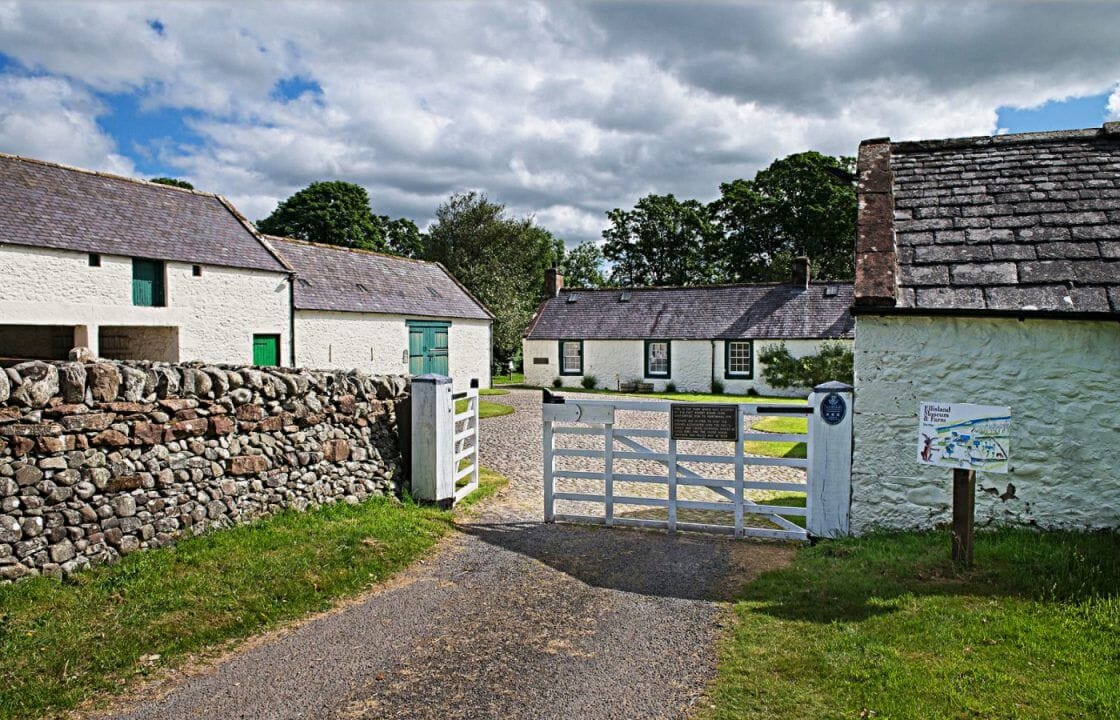 Ellisland Farm
Ellisland FarmMs McAlpine said: “This campaign is about reconnecting people with the landscape and creativity that shaped Burns’s greatest works.
“Over the past few years, we’ve undertaken extensive research and consultation to understand what Ellisland needs structurally, and to explore what it could become.
“It quickly became clear that we had to find a way to also make the site sustainable – generating income to support the heritage and culture.
“This site has immense potential as both a cultural destination and an engine for regional economic regeneration.
“We’re building a place where today’s artists and musicians can find inspiration in the same surroundings that gave us Auld Lang Syne, while creating sustainable opportunities for our local community and visitors from around the world.”
A key aspect of the project is the creation of visitor accommodation based on The Hermitage, a tiny summerhouse in the neighbouring Friars Carse estate where Burns would write in peace among nature, and the project will create “hermitages”, scattered across the 140-acre estate, where artists and writers can work, but which will also provide income.
Adam Dickson, project curator, said: “The Ellisland collection is hugely important, but it’s under threat from environmental conditions that make proper care impossible. The Barnbougle Papers, for example, have given us unprecedented insight into how Burns furnished his home and managed his farm.
“Creating a dedicated museum space will deepen our understanding of Burns’s creative process and his life with Jean and their family at Ellisland.”
Follow STV News on WhatsApp
Scan the QR code on your mobile device for all the latest news from around the country


